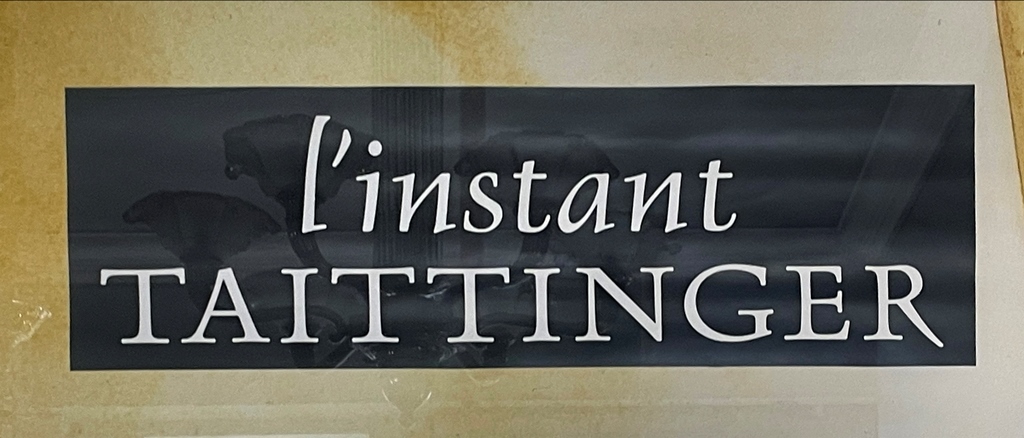Art Déco Plakat „Champagner Dame“,verkauft
Nr. 2578 |
Art Déco Plakat „Champagner Dame“
Neu gerahmt in schwarz gelacktem und gekehltem Holzrahmen.
Neu angefertigtes Passepartout.
Höhe: 205 cm | Breite: 153
Preis: € 4.200,–
(inkl. 19% MwSt. ausweisbar)
Champagner Dame
Das Art Déco Plakat „Champagner Dame“ ist ein eindrucksvolles Beispiel für die Werbekunst der 1920er und 1930er Jahre. Dieses Plakat fängt die Eleganz und den Glamour der Art Déco Ära perfekt ein und ist ein bemerkenswertes Sammlerstück für Liebhaber dieser Zeit.
Das Plakat zeigt eine stilisierte Dame, die Champagner genießt, und verkörpert damit den luxuriösen und mondänen Lebensstil, der mit dem Art Déco Stil verbunden ist. Die Verwendung von kräftigen Farben und geometrischen Formen ist typisch für die Plakatkunst dieser Epoche und verleiht dem Bild eine dynamische und zugleich elegante Ausstrahlung.
Das Plakat wurde neu gerahmt und präsentiert sich in einem schwarz lackierten und gekehlten Holzrahmen. Dieser hochwertige Rahmen betont die stilvolle Ästhetik des Plakats und bietet einen zeitgemäßen Kontrast zu den leuchtenden Farben des Drucks.
Ein neu angefertigtes Passepartout ergänzt die Präsentation des Plakats und sorgt dafür, dass das Kunstwerk optimal zur Geltung kommt. Das Passepartout hebt das Motiv hervor und schafft eine visuelle Tiefe, die das Gesamtbild noch ansprechender macht.
Diese sorgfältige Rahmung und Präsentation unterstreicht den künstlerischen und historischen Wert des Art Déco Plakats „Champagner Dame“ und macht es zu einem herausragenden Dekorationsobjekt, das sowohl in modernen als auch in klassischen Interieurs einen stilvollen Akzent setzt.
Dieser Akzent gepaart mit der Schönheit dieses Musealer Art Déco Sekretär von Dominique.
Art Déco bei RSA Wiesbaden
Weitere Art Déco Einrichtungsgegenstände wie Art Déco Esstische, Art Déco Spiegel und Art Déco Schränke finden Sie in unserem Inhaber geführten Fachhandel für Antiquitäten – speziell Art Déco -in Wiesbaden.







